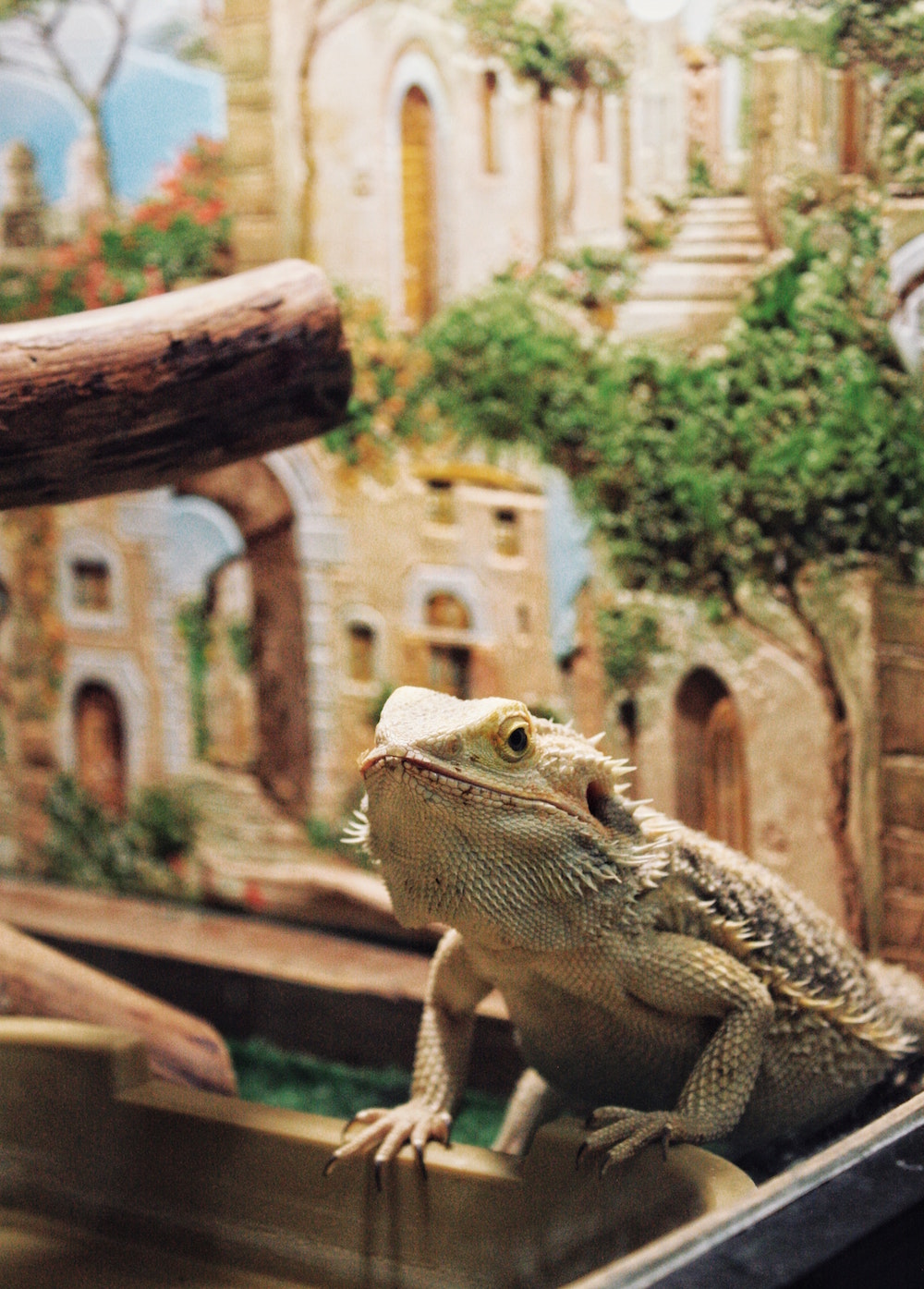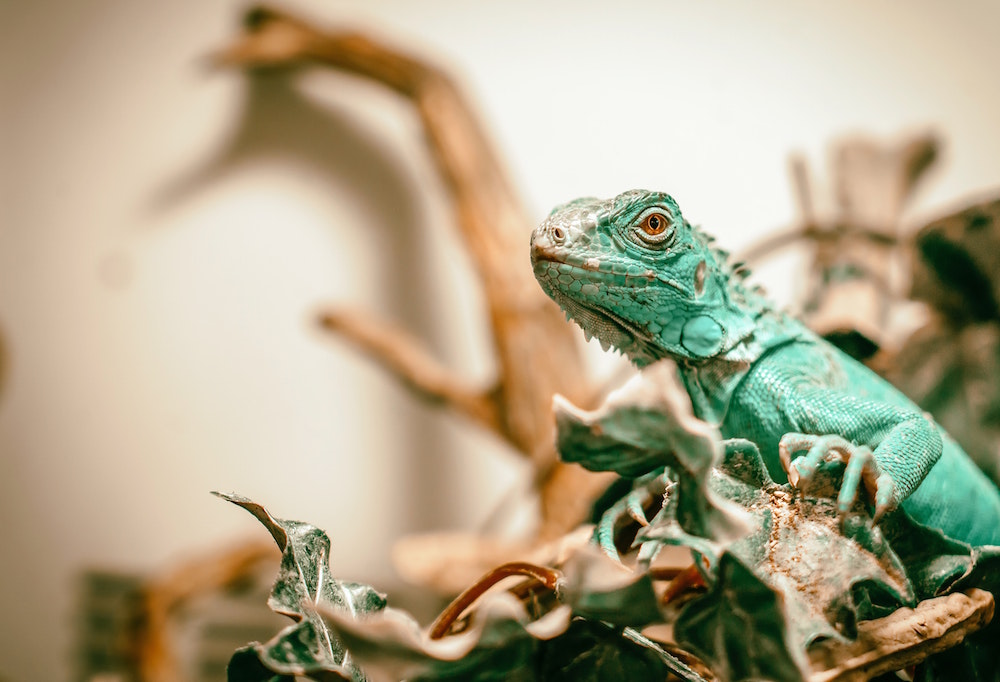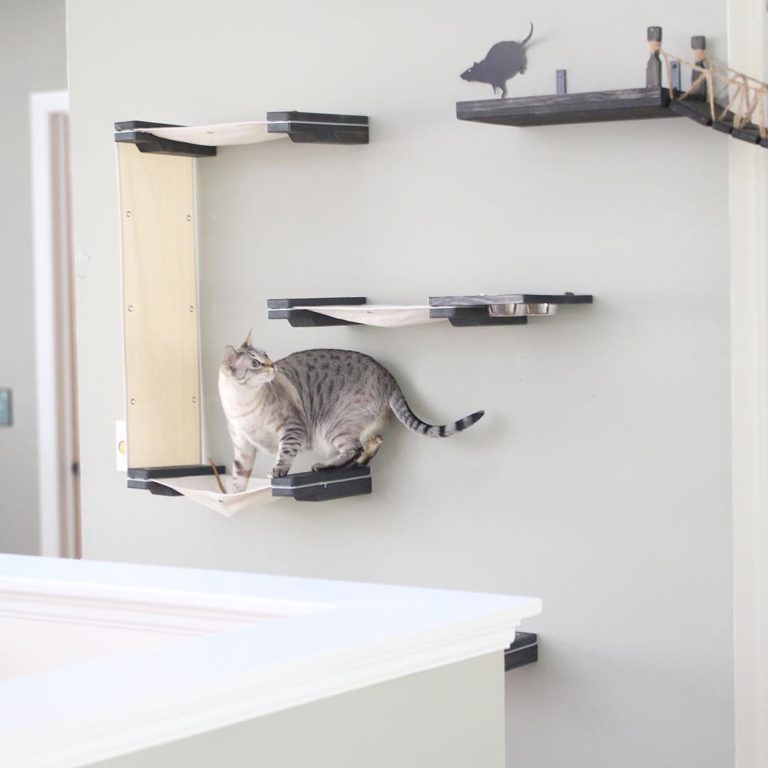Things To Consider When Looking To Adopt A New Lizard
Lizards are among the ideal pets to have around. Seeing these scaly companions basking in the sun or moving around in the cage is aesthetically appealing. They are quiet, tender, and don’t require too much maintenance.
What’s more, you have a wide range of species to choose from, from leopard geckos to bearded dragons and crested geckos. But before bringing your new reptile home, you ought to be armed with enough information about how to take good care of her, from what she eats, to how she lives, and so forth. Here are a few things to consider when adopting a new lizard.
Lifespan
We sometimes adopt a pet only to realize that you cannot cater to it till the end of time. That makes the animal stressed and frustrated. If you cannot give proper care to a lizard, do not adopt it. For a fact, getting a reptile friend is cheaper than cats and dogs because they are not so taxing when it comes to maintenance. They do not shed, causing allergies; neither do they have odors that fill the house.
However, they have longevity compared to pets like dogs. Furthermore, different lizard species have different lifespans. As pointed out in Reptile.Guide, some of the best lizards for beginners live between 5 and 20 years when proper care is ensured. Depending on the species you are adopting, it is good to prepare yourself mentally, knowing around what time you are likely to say goodbye.
It is good not to adopt a reptile on impulse! Research about it, and if the findings are manageable on your side, go for it. If not, choose an animal with a shorter lifespan.
Safety
When it comes to reptiles, you should be more attentive and detailed because some of them can be very aggressive. When it comes to safety, you should look at it in two dimensions. Look at the safety of the reptile and the people around the lizard, mostly young children.
Settle for a captive-bred lizard. It is less aggressive, easy to tame, and can adapt to captivity. On the flip side, a wild-bred species is more prone to diseases, can be very aggressive, and can cause harm to people. For instance, reptiles carry salmonella, which causes sickness to young children, the elderly, and those with weak immune systems.
Food
When you think about pet food, you are probably thinking of those canned kibbles and full meals where you open and pour on the dish for your friend to feast. That is not the case when it comes to lizards. Here, you have to stock up on creepy crawlies! They have insects, rats, and mice alive. Plant foods are not left out either. They love vegetables and fruits.
Lizards have a big appetite, and this can cost quite a bit at the end of the month. It would be best if you stocked up more than enough for the animal to eat to its fill. Remember not to forget that giant lizards tend to feed more than smaller lizards. And since they live longer, consider quite some amount on the crickets and mealworms.
Upkeep
Pets are family, and they need to be taken care of in an appropriate way. Just like any animal, this reptile has medical and environmental needs that need to be catered for from time to time. However, environmental needs vary from reptile to reptile. For instance, environmental factors like temperature, light, and humidity are what you should look at most depending on your lizard species, size, and age. The reptile can be fascinating to watch, and while they draw us that satisfaction, why not get them an incredible aquarium or cage for a home?
Handling
After you have done all the above for your friend, this turns out to be a sensitive part of the reptile’s life. Lizards, like any other pet, need to be handled with care. Avoid picking it by its tail as it may cut, and avoid squeezing it because you may cause internal injuries. Always put your hand under the lizard belly, and the lizard will jump on your hand.
Last but not least, there might come a time when you feel the need to let the reptile go. It is okay, but how do you let it go? Remember, this pet is used to being hand-fed and cared for. It is used to a comfortable 78 degrees or more. Do not just throw him or her out in the wild. It is more appropriate to offer her for adoption or take him to a pet rescue that accepts lizards.








